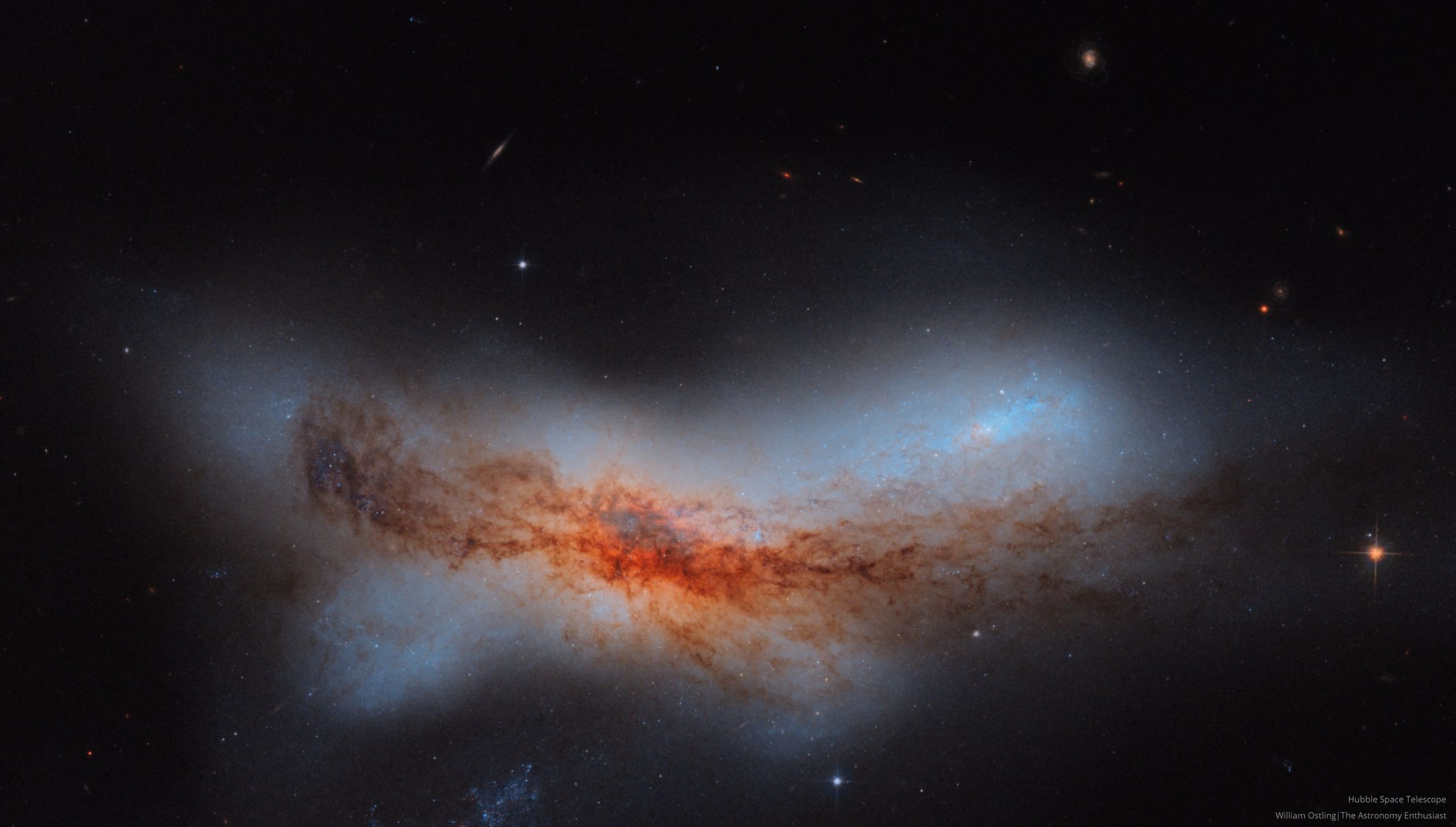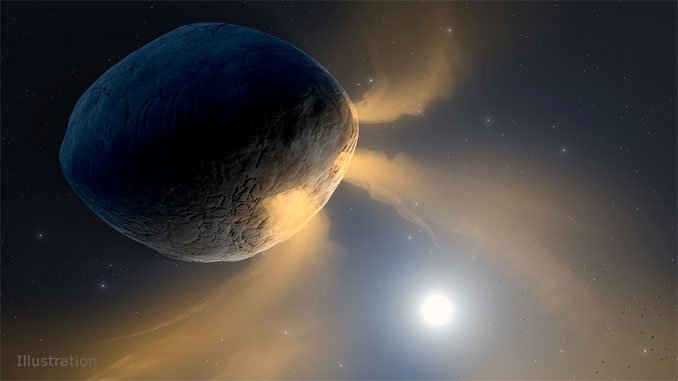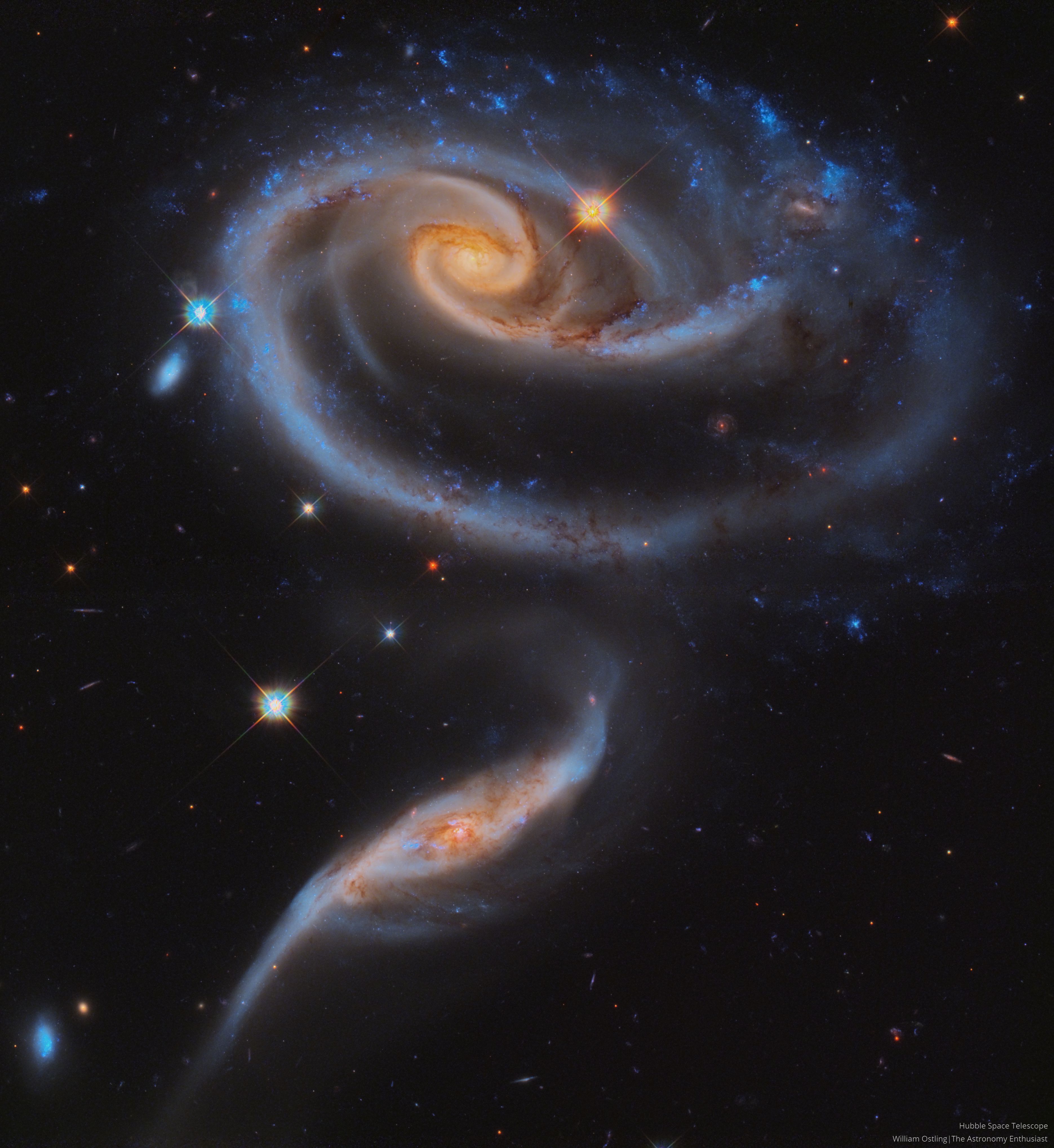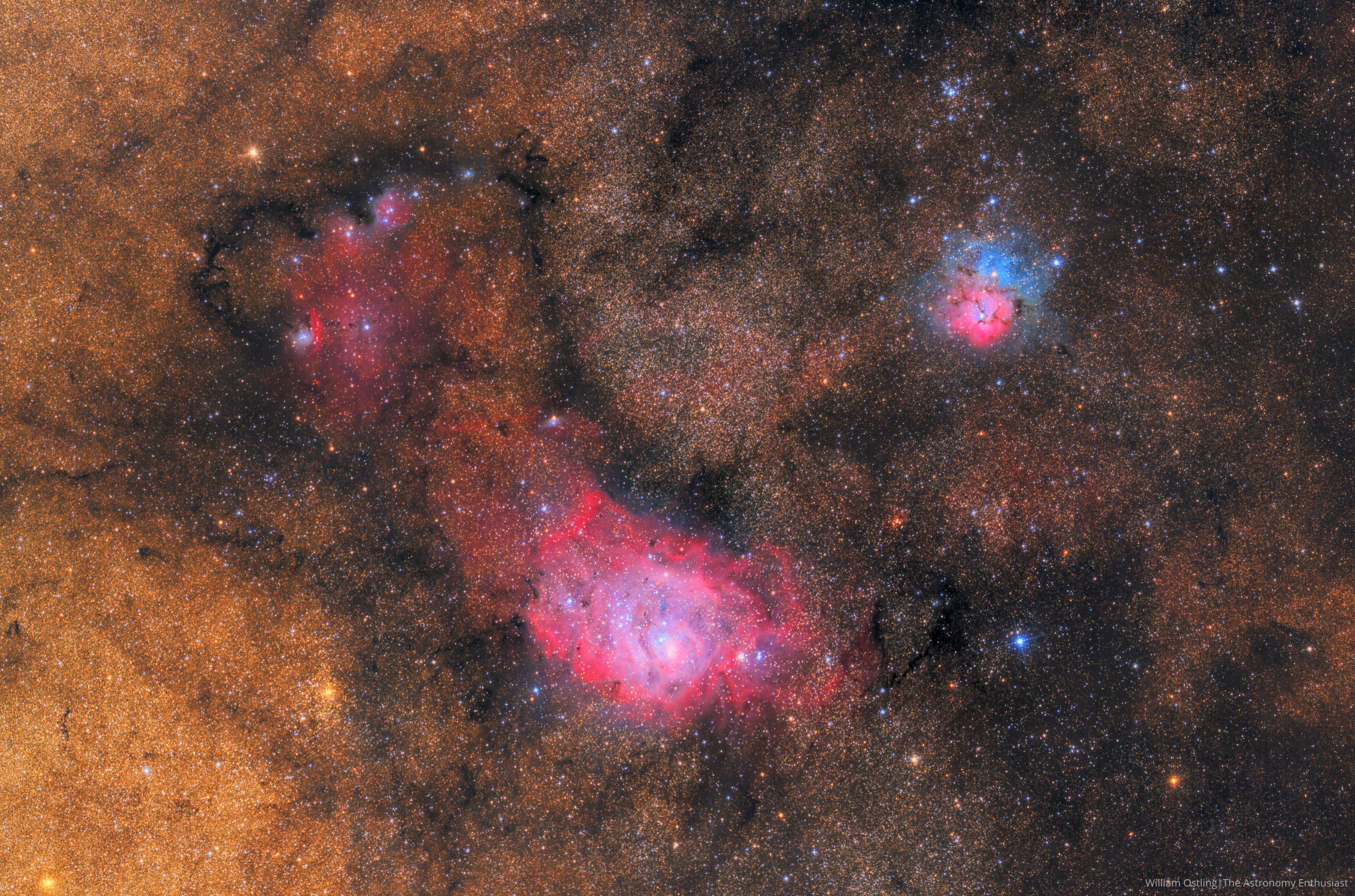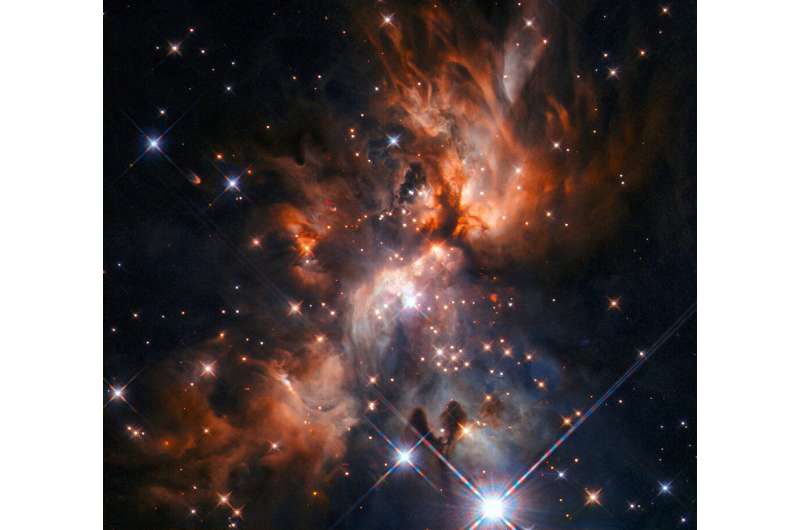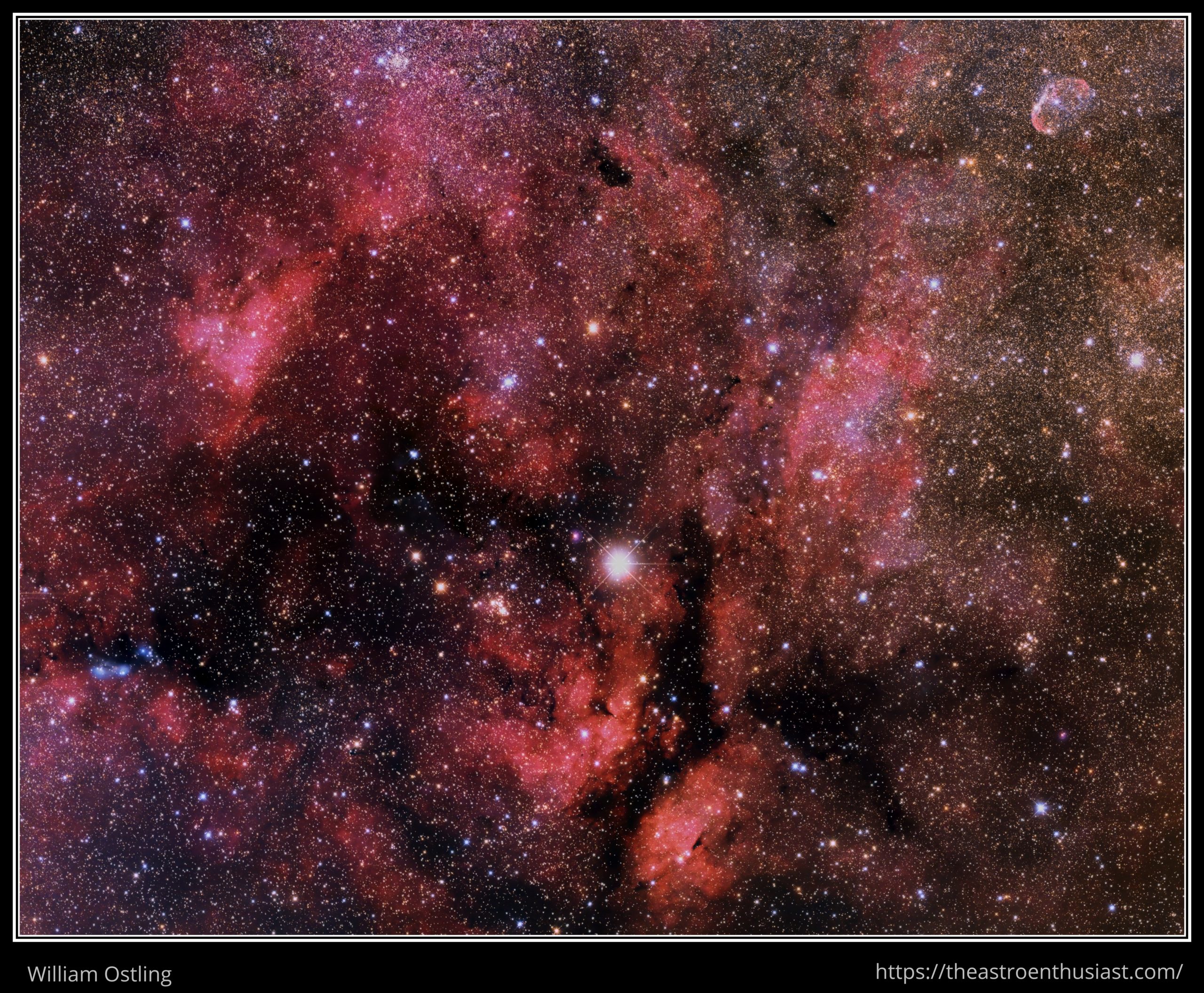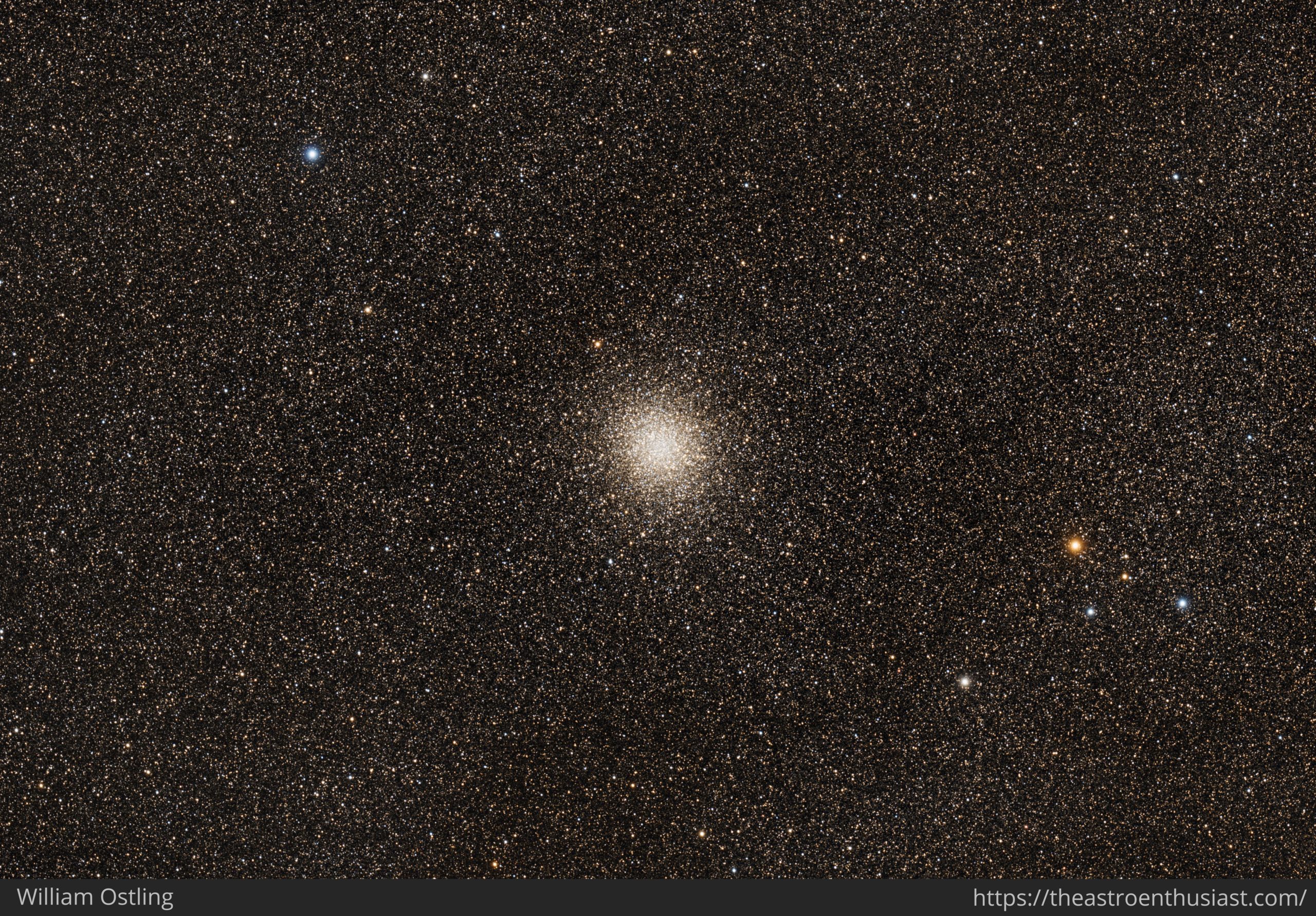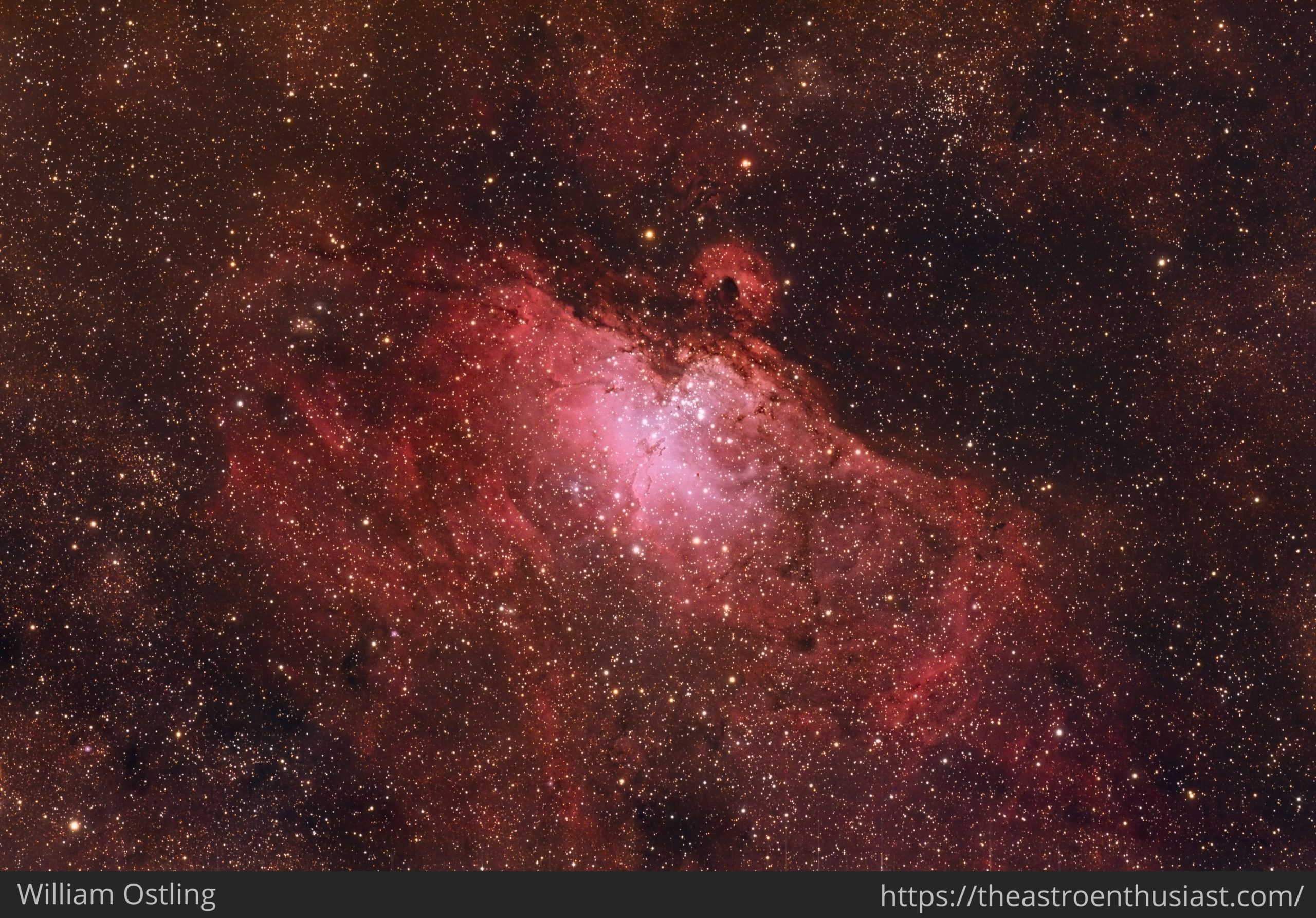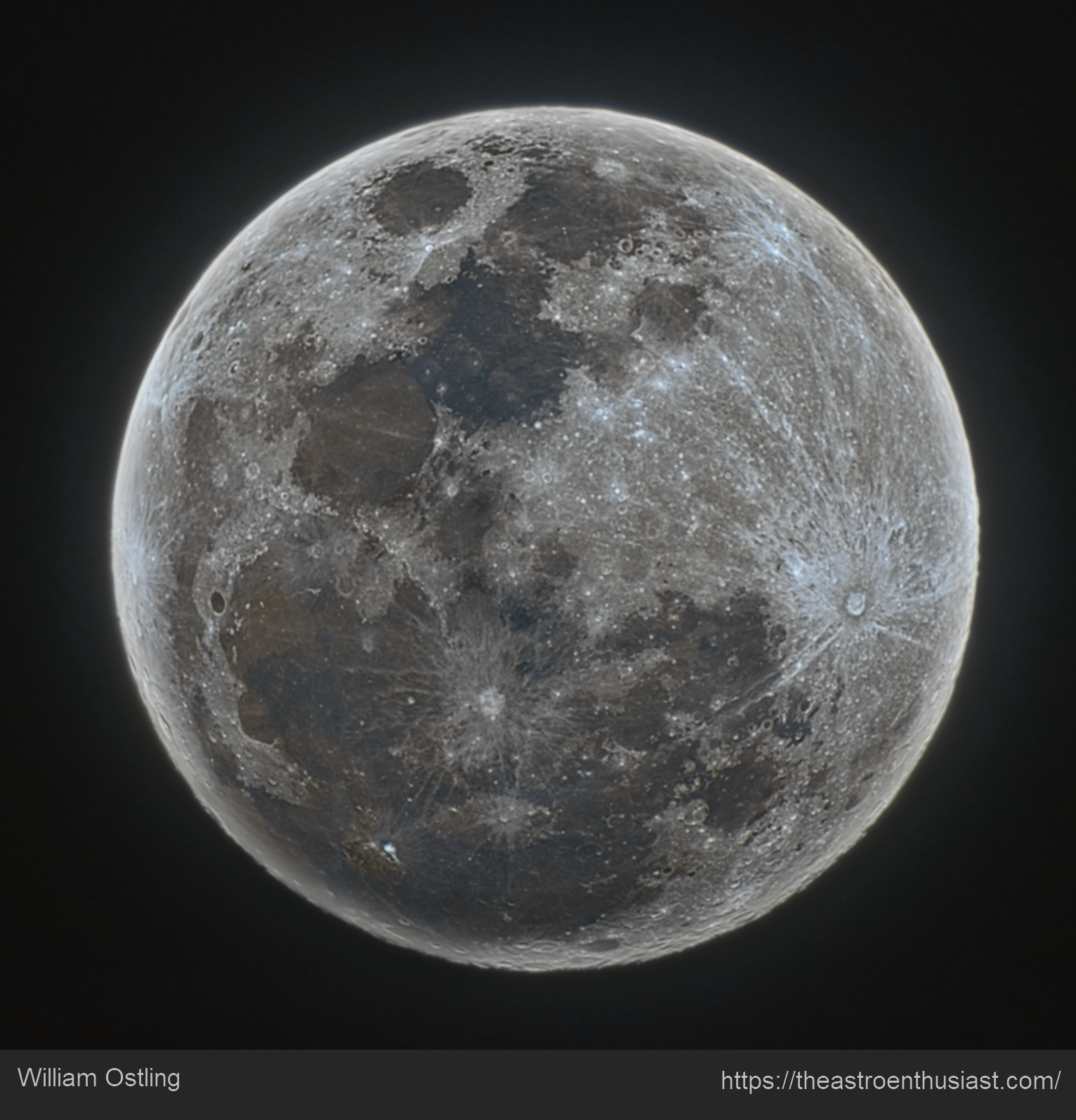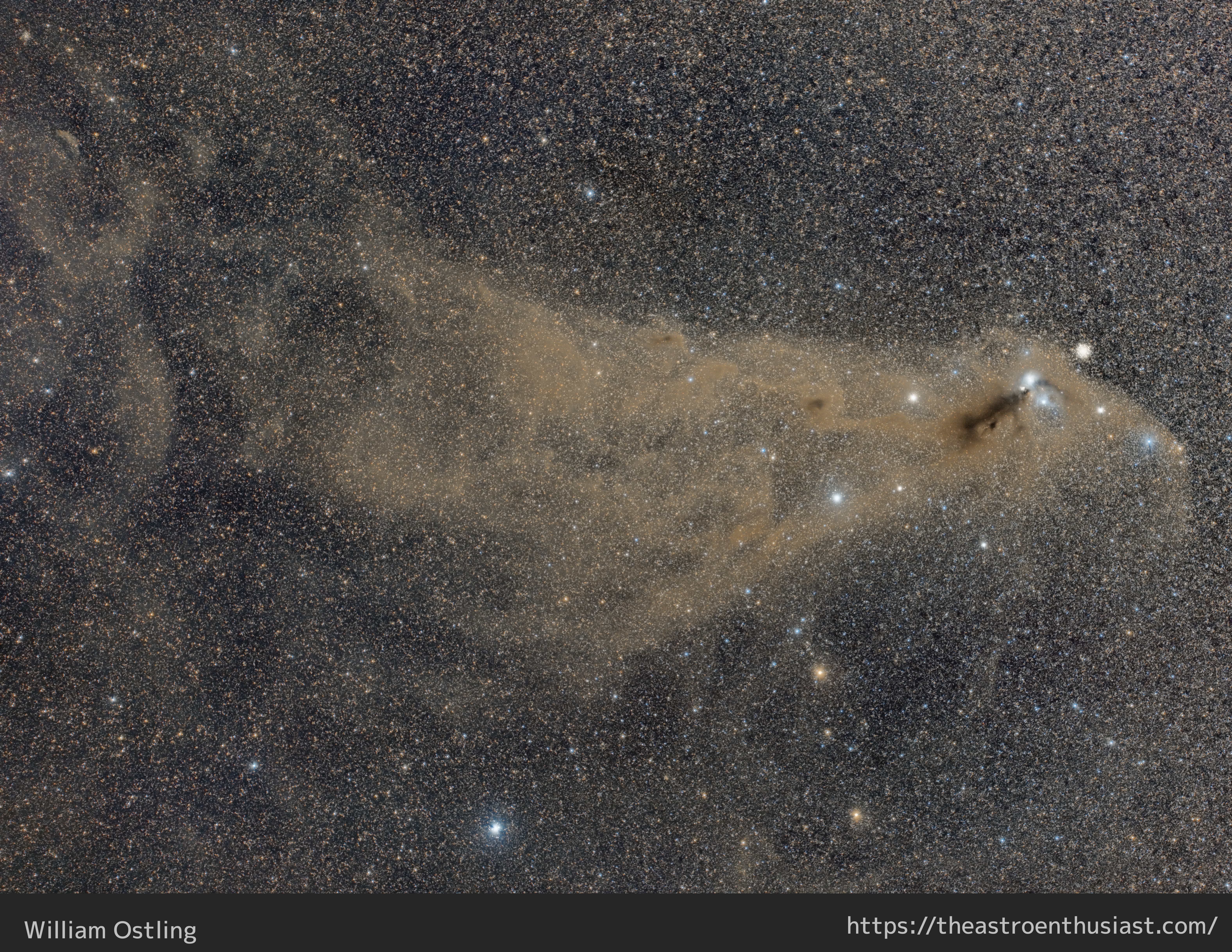NGC 520 from Hubble
Update 9/7/2021: This image has been chosen as and APOD by NASA! You can view their write-up here: https://apod.nasa.gov/apod/ap210907.html. This galaxy is just so bizarre that I had to process it! NGC 520 is the product of a collision between two disc galaxies that started 300 million years ago. It exemplifies the middle stages of the merging process: the discs of the parent galaxies have merged together, but the nuclei have not yet coalesced. It features an odd-looking tail of stars and a prominent dust lane that […]
Read more